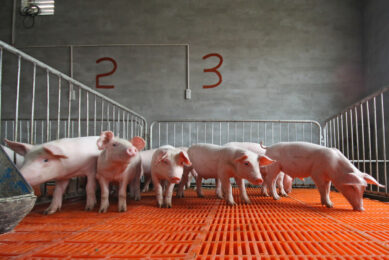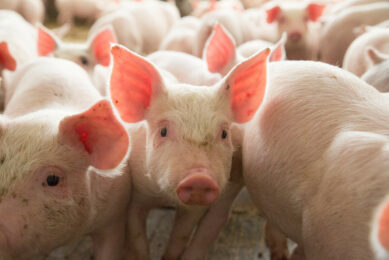EuroTier and immunoglobulins
November is the month of EuroTier for me and like each year, I am making my plans to attend. This year, however, is special for me. I have been invited to give a presentation on my favorite topic: Immunoglobulins in piglet nutrition. So, you’re all invited to attend.
It is in Hall 12, Stand E56, at Wednesday, November 17th, at 3pm. Preparing for this presentation, I have come to realise once more how important immunoglobulins are for piglets. And, it is not only the neonatal (suckling) pig that we’re talking about here. Yes, IgG consumption is critical, even a life-or-death event, for newborn piglets, but also, sow’s mature milk contains a good deal of IgA: the milk immunoglobulins.
So, at weaning, as it happens in all commercial pig facilities, piglets are not only deprived of milk nutrients but also of a an amble supply of immunoglobulins. Thus, when given a diet deprived of any added immunoglobulins, they face a gap in their immune system. And, as we weaned pigs at three to four weeks of age, this is the time most critical in keeping the immune shields up! In fact at this time, the piglet’s own immunity (active) is only starting to make its presence felt, while passive immunity (from colostrum) is waning fast, leaving only IgA from milk to do the job of protecting the gut from pathogens.
Two classes of sources
So, in my opinion and experience, feeding a source of immunoglobulins is of paramount importance. Today, we have two major classes of such sources: those providing nonspecific immunoglobulins, and those designed to provide immunoglobulins specifically for piglet diseases likely to challenge pigs around weaning.
The first class includes whey and derivatives (weak source) and animal plasma (expensive and variable). The second class includes immunoglobulins derived from eggs (efficacy depends on coverage provided).
How much immunoglobulins are needed?
OK, so we now know how to provide immunoglobulins. The next question is of course, how much is needed? I dare say, we don’t really know! Yes, there are recommendations, such as 5% animal plasma, or 1kg of hyper-immunised eggs, but these are either rough estimates or product specific guidelines. What we need actually is new research on the quantitative aspects of providing piglets with exogenous immunoglobulins.
In the mean time, please do ask your nutrition supplier about the source and level of immunoglobulins in the diets you buy… your piglets will appreciate you!











